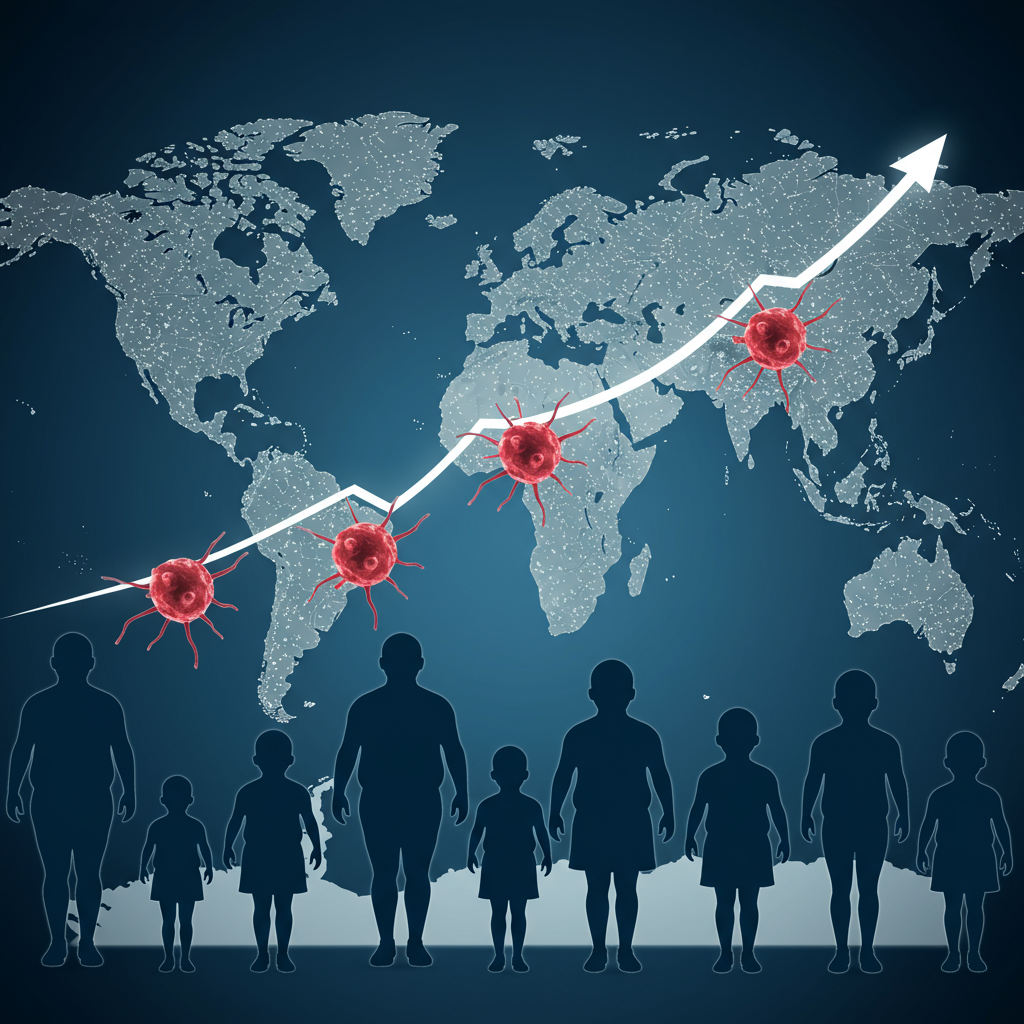Tensions continue to mount in the Middle East as the conflict between Israel and Iran escalates, with the White House indicating a decision on potential US military involvement could come within the next two weeks. This development coincides with ongoing military actions and intensified diplomatic efforts across the region.
According to the White House, President Donald Trump is expected to decide whether to authorize an attack on Iran within the next fortnight. White House press secretary Karoline Leavitt cited a message from Trump suggesting this timeframe allows for the possibility of further negotiations with Tehran, confirming that correspondence between the two sides is ongoing.
Military Actions Intensify
The past week has seen a significant uptick in military exchanges. The Israel Defense Forces (IDF) have conducted a series of strikes inside Iran, reportedly targeting military infrastructure. In a notable move, the IDF issued an urgent evacuation warning to residents in an industrial park in Kolesh Taleshan, northern Iran, hours before blasts were heard in the area, according to reports from Iran’s Fars news agency. The IDF stated these planned attacks were aimed at the “Iranian regime’s military infrastructure.”
Both sides have also reported intercepting drones. The IDF claimed to have shot down two Iranian drones near the Dead Sea and another near Haifa. Meanwhile, Iran reported intercepting “hostile targets” near Isfahan and shooting down an Israeli drone near Tehran.
Analysis of the conflict’s initial phase suggests a shift in the military balance. Israel launched its “largest attack ever on Iran,” rapidly achieving superiority over Iranian skies by targeting air defense systems. This air dominance allows Israeli jets to strike sites with apparent impunity. Iran’s primary response has relied on its large stock of high-speed ballistic missiles, estimated by the IDF to be around 2,000. However, Israeli strikes targeting underground launch sites and senior commanders appear to have hampered Iran’s operational capacity, with the frequency of missile launches at Israel decreasing significantly after initial barrages. While around 10% of Iranian missiles reportedly evade Israel’s defenses, successful strikes on military-industrial targets have been limited, though civilian areas have been hit.
Concerns have been raised regarding the cost and potential availability of Israel’s sophisticated missile defense interceptors, such as the Arrow 3 and Arrow 2 systems, which are expensive to deploy. Despite this, military analysts suggest the deterrence balance has shifted in Israel’s favor, a situation that would only reverse if Iran could significantly increase the effectiveness of its remaining missile strikes on population centers or key sites.
Amidst these strikes, a former commander of Iran’s Islamic Revolutionary Guard Corps (IRGC) claimed Iran had taken precautionary measures to secure its highly enriched uranium and moved nuclear scientists and equipment to safe locations in anticipation of Israeli attacks, stating the leadership had anticipated the possibility of war for months.
Diplomatic Push and Regional Warnings
In parallel with the military escalation, diplomatic efforts are underway to de-escalate tensions and address Iran’s nuclear program. Foreign ministers from the UK, France, and Germany, along with the EU’s top diplomat, are scheduled to meet with Iran’s Foreign Minister in Geneva. This meeting, requested by European states, is seen as a potential avenue for diplomacy, particularly regarding a pathway back to nuclear talks. The UK Foreign Secretary highlighted a “two-week window” for a diplomatic solution, emphasizing the need to prevent regional escalation.
However, hardline rhetoric from Israeli leadership continues. Israel’s Defence Minister, Israel Katz, has taken a strong stance, openly stating a war aim is to “undermine regime” in Tehran and declared that Iran’s Supreme Leader Ayatollah Ali Khamenei “can no longer be allowed to exist,” accusing him of personally ordering attacks on Israeli hospitals. Israeli President Isaac Herzog visited Soroka hospital in Beersheba after it was hit by an Iranian missile, calling the attack a “war crime” and “crime against humanity” and referring to Iran as the “head of the snake.”
Internationally, reactions vary. China has urged an immediate ceasefire, particularly from Israel, stating it opposes actions infringing on sovereignty and the use of force. Iraq’s top Shia cleric, Grand Ayatollah Ali Sistani, issued a stern warning against targeting Iran’s leadership, cautioning that such actions could plunge the entire region into “widespread chaos.” Greece’s Prime Minister expressed concerns about the conflict’s impact on regional stability, inflation, and energy markets, noting that only the US has the influence to bring Israel and Iran to negotiations.
Humanitarian Impact and Political Fallout
The conflict’s human cost is significant. Iranian missile strikes have caused casualties in Israel, with reports citing over 240 injured, including those at Soroka hospital and others seeking shelter. The broader regional context, including the ongoing situation in Gaza, remains dire, with reports detailing significant Palestinian casualties from Israeli actions, including aid-seekers killed near distribution sites. A recent UN report highlighted violence against children in armed conflict reaching “unprecedented levels,” with Gaza and the West Bank among the areas with the highest numbers of violations.
The heightened tensions have also sparked political fallout within Israel. Prime Minister Benjamin Netanyahu faced widespread public backlash for seemingly comparing the personal cost of the conflict to the postponement of his son’s wedding, drawing accusations of being tone-deaf amidst the suffering of ordinary Israelis who have lost loved ones or whose family members remain held hostage.
As the US considers its next steps, the region remains on edge, navigating a complex mix of escalating military actions, urgent diplomatic pushes, and profound humanitarian consequences.



